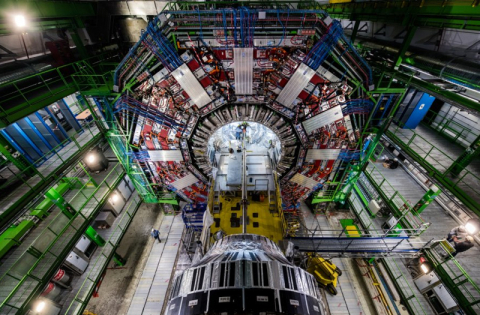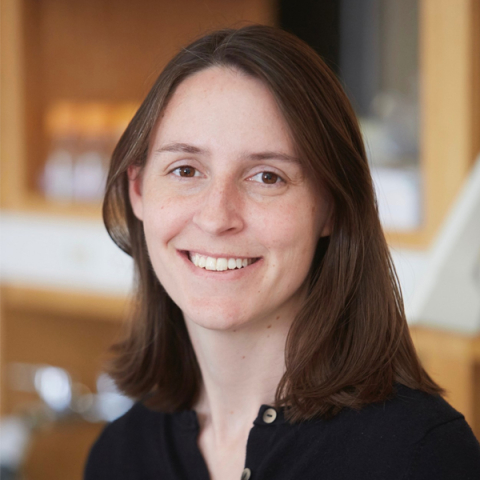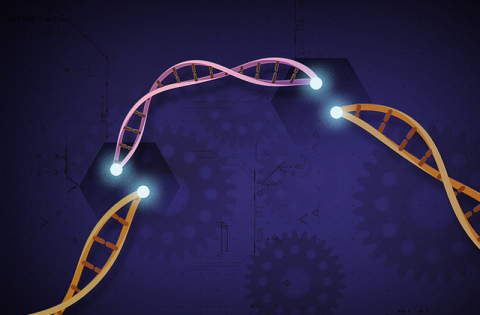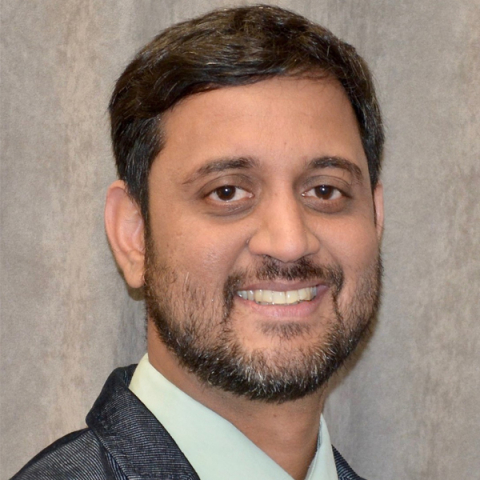Researchers at Case Western Reserve University find new hints that could explain how the disease spreads in human brains.
A new technology could dramatically improve the safety of lithium-ion batteries that operate with gas electrolytes at ultra-low temperatures.

Particle physics peers into the mysteries of our cosmos while opening the door to future technologies.

Mary Dunlop leads a team working to increase the amount of biofuel, produced by microbes, as replacements for gasoline, diesel, and jet fuel.
An ambitious hunt for antiviral therapies underscores how DOE high-performance computers can offer rapid results in health emergencies.
Researchers design new experiments to map and test the mysterious quantum realm.

The Office of Science’s LDRD funding has fostered innovation, creativity, and even Nobel-Prize winning technologies.

Sofia Quaglioni studies thermonuclear reactions-including the nuclear reactions that power the stars and drive the evolution of our universe.
DOE points its CAMERA collaboration at growing challenges in energy, nanoscience and computing across its light-source facilities.

Ananth Kalyanaraman is developing scalable algorithms and software for analyzing large-scale biological and network data.

